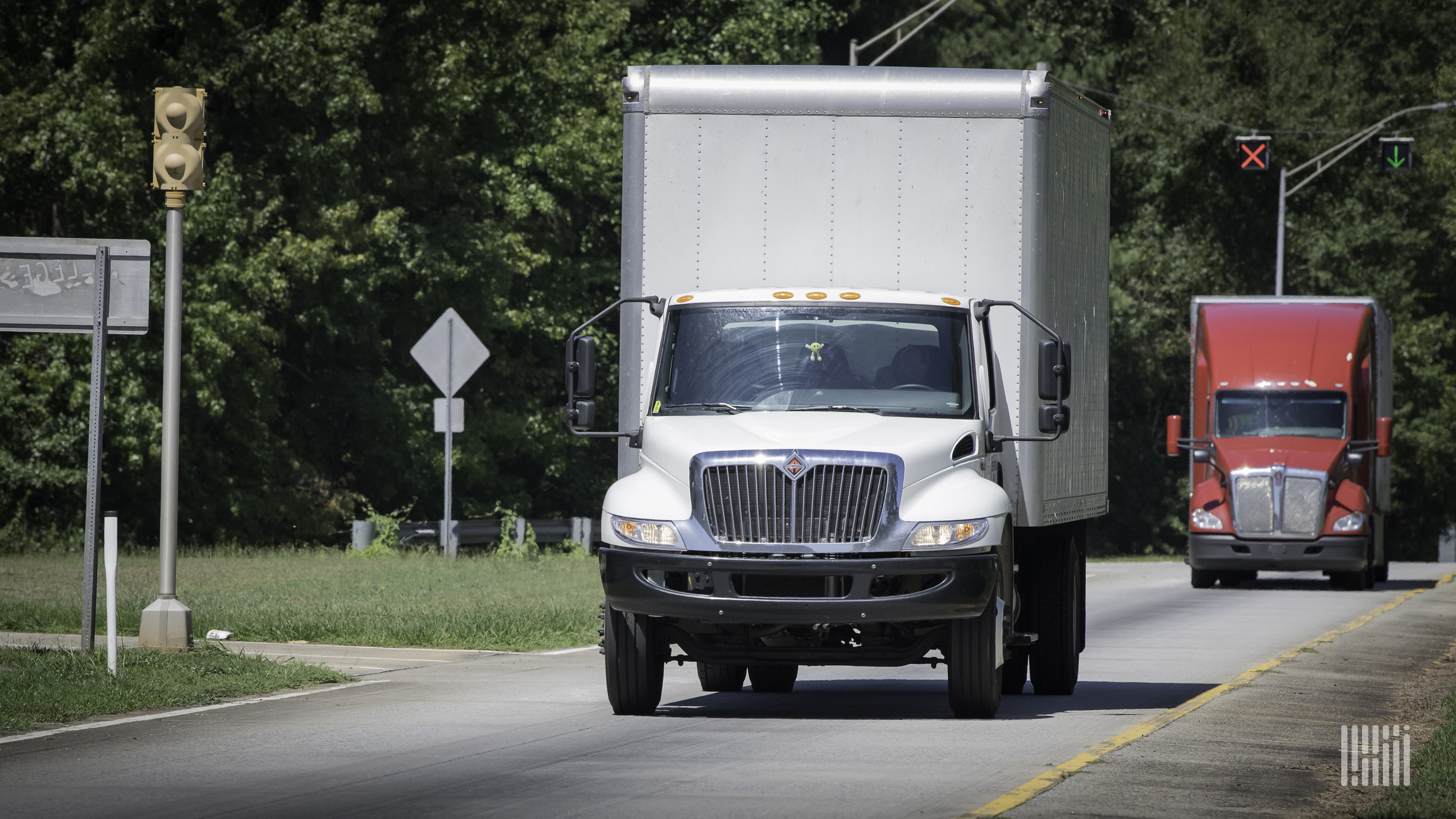Modern Shipper,
Gartner analyst, Cargomatic white paper address changing demands in goods delivery
Businesses have moved on from “let’s just get through 2020” and must now focus on delivering value through their last-mile delivery operations in a new world, said Chris Kina, analyst with consultancy Gartner.
“This is an undeniably transformational shift in retail commerce and the last-mile evolution is the poster child for that movement,” he wrote in a recent blog entry. “Last-mile practitioners need to accept and act on that transformational reality.”
Kina noted the increase in parcel volumes and demands being placed on lead times as particular challenges to fulfillment operations.
“Add in consumer buying behavioral changes, specifically the permanent shift in shopping via online, curbside and pickup in store versus a trip to the mall and you get significantly more complicated logistics fulfillment operations as a result,” he wrote.
To effectively identify the challenges, though, Kina said a definition of last-mile order fulfillment must be agreed upon. For his analysis, he defined it “as the process by which a consumer and the products they order come together. That includes customer collection, delivery options and customer expectations regarding service and experience.”
In a Gartner survey on last-mile strategies of 407 retailers, 44% said that product packaging and suitability for last-mile delivery were concerns. Another 43% said access to infrastructure in urban markets was a challenge and 40% cited changing consumer demands or requirements.
Kina referenced the survey, noting that consumers seem more willing to sacrifice same-day and next-day delivery in the name of sustainability.
“There is a movement by the consumer to slower, cheaper and consolidated fulfillment processes that address their sustainability preferences,” he wrote. “Although there will always be a place for next-day delivery in retail, logistics practitioners should not build their last-mile model on a concept that has been assumed necessary for all deliveries.”
As companies build out those networks, though, technology must play an increasingly important role, especially in the home delivery of large and bulky items. Cargomatic, which offers a marketplace connecting trucking capacity to shippers, recently published a white paper that highlighted the need for technology deployment when it comes to last-mile delivery.
“We believe that there will be some return to pre-COVID-19 levels of shopping but buying patterns and consumer expectations will have changed for good,” the paper said. “Last-mile delivery will remain a critical function for retailers of all sizes. While the majority of 2020 was about ‘just getting through this mess,’ the first half of 2021 will be about refining practices to turn the final mile into a key differentiator, one that’s tracked and measured in the same way other KPIs across an organization are analyzed.”
Cargomatic noted the need for shippers to utilize real-time location data, an analytics engine with exception management, and push notifications to notify customers of late deliveries.
The answer is not siloed solutions, the company said, pointing to how a transportation management system can handle the first two tasks and a call center the third.
“However, depending on the volume of goods being moved, a bubblegum and duct tape approach can be incredibly costly due to the high levels of human involvement necessary to make it work. It’s possible to find a technology partner that automates all of these components. And almost inevitably, that partner will be drawing on the established best practices of app makers like Airbnb, Uber and DoorDash,” the paper said.
Going beyond just the app-like experience is the need to manage the entire process. That means setting policies, such as glove and mask use, visible identification or even booties to cover shoes, for delivery drivers entering homes for white-glove services.
“Of equal importance for heavy and high-value goods, shippers should control what happens when a driver leaves. Is a customer stuck unwrapping the goods? Is there some setup left for a consumer? In the case of a mattress or appliance, will the consumer have an option to have the driver remove their previous item, in which case a shipper needs to consider a reverse logistics path,” Cargomatic said.
The company advises shippers coach up their drivers on areas such as quick setup of goods and other customer experience tentpoles, which can lead to increased revenue.
“This training can also include firsthand experience with a product. A driver who can share their experiences with an exercise bike can be a potent tool in humanizing the brand from which a consumer has just made a purchase,” Cargomatic wrote.
Cargomatic emphasized the need to develop new ways to manage the customer experience.
“Consumers expect to give feedback about their experiences with a new product from the moment they first research their potential purchase through the delivery. Shippers must implement mechanisms to gather and analyze feedback,” Cargomatic noted.
Kina said much the same thing, specifically as it relates to changing customer demands.
“Add in consumer buying behavioral changes, specifically the permanent shift in shopping via online, curbside and pickup in store versus a trip to the mall, and you get significantly more complicated logistics fulfillment operations as a result,” he wrote. “Old ways (read: 2019) are exactly that — old. The focus must be to change and adapt processes, technology and perspective to survive.”







